Bowls has a reputation as a sedate pastime, but it can be as fiercely competitive as any other sport. It can even get rowdy. At the Edinburgh cup final in 2012, a young player, angry at losing the match, stripped down to his boxers in protest. When committee members from his team tried to restrain him, he headbutted the club secretary.
Bowls players have always taken the sport very seriously. According to popular legend, Sir Francis Drake was playing bowls at Plymouth Hoe when the Spanish Armada came into view off the headland. He insisted on finishing the game. Battle could wait, bowls couldn’t.
The object of the game is simple: get your bowls closer to the ‘jack’ than your opponent. That said, the sport is more sophisticated than the French variation, boules. Each bowl has a ‘bias’, meaning it curves to the left or the right. You can’t deliver it in a straight line like a ten-pin. It’s a common misconception that the bowls are weighted. In fact, they’re cut at the manufacturing stage to create a high and low shoulder so they naturally bend to one side.
There are regional variations, too. In the north of England there is ‘crown green’, a less refined version of the game where the green isn’t flat and bowlers can play in all directions. England has two rival associations with minor rule differences.
Bowls used to be made by turning wood. In the Victorian era they were often created from old railway sleepers, but nowadays they’re made from a plastic resin shaped to exact specifications. One of the leading manufacturers, based in Australia, uses precision machinery originally intended for aircraft design to make sure every bowl in a set is the same.
There are many reasons to join a bowling club. Even if you’re not the most able bowler, you can get your kicks by exerting political power on the volunteer committee. At my club in Edinburgh (where, at 26, I am the youngest member by at least 35 years), a yearly bone of contention is the bar prices. There’s a tug of war between members, who want subsidised alcohol, and the bar convenor, who wants to beat last year’s profits. Complain and you’ll be hit with the question: ‘Would you like to take over the role?’ Invariably, no one does. The suburban dictatorship continues.
Bowls is not immune from scandal or even doping. In 2017, after winning a national championship, a team of women in their sixties were investigated by anti-doping agents. They had taken medication for high blood pressure, which turned out to be banned. Beta-blockers, another heart medication, ended up on the banned list too because the World Anti-Doping Agency thought they could help with ‘shaky hands’.
The real beauty of bowls is that everyone is welcome. Working men and women, lords and ladies all mix together on the green and socialise afterwards. I’ve faced Downing Street special advisers, retired footballers, a lord and reformed criminals. My USP is that I’m the only club member ineligible for retiree competitions.
Got something to add? Join the discussion and comment below.
Get 10 issues for just $10
Subscribe to The Spectator Australia today for the next 10 magazine issues, plus full online access, for just $10.
You might disagree with half of it, but you’ll enjoy reading all of it. Try your first month for free, then just $2 a week for the remainder of your first year.

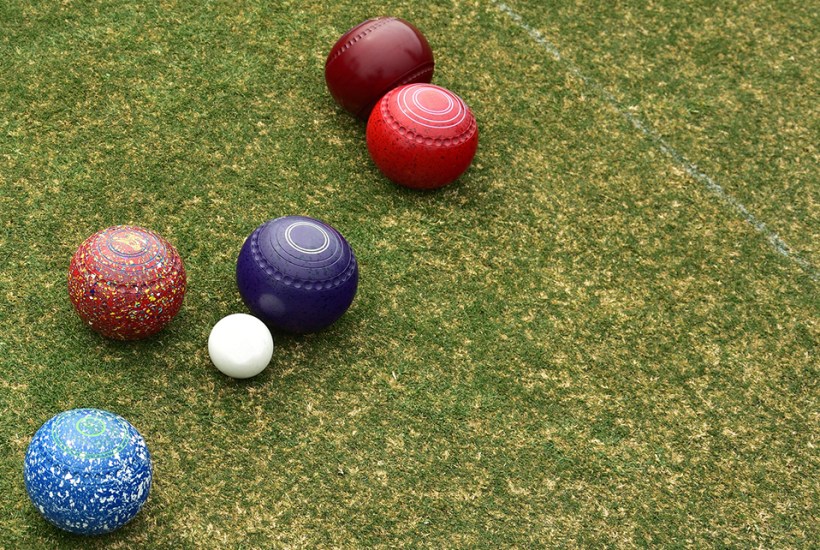
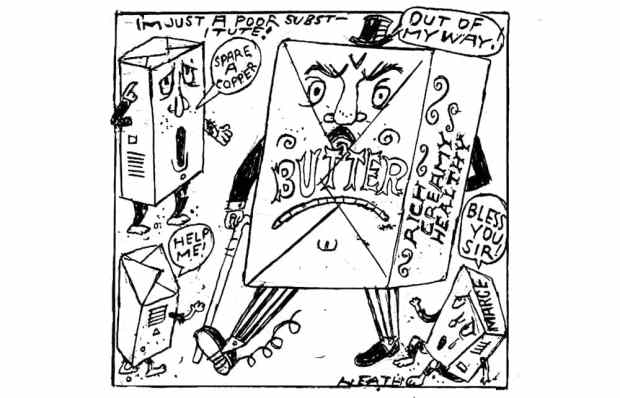
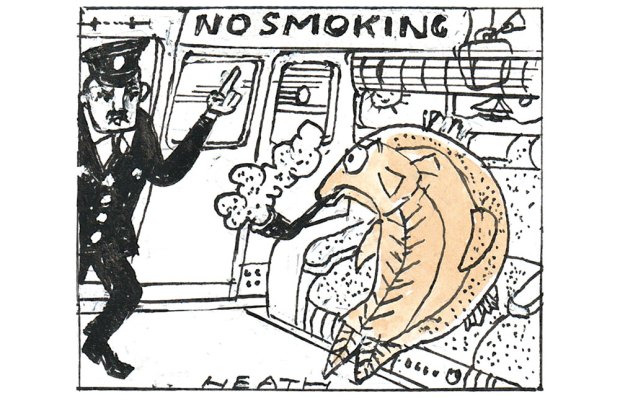
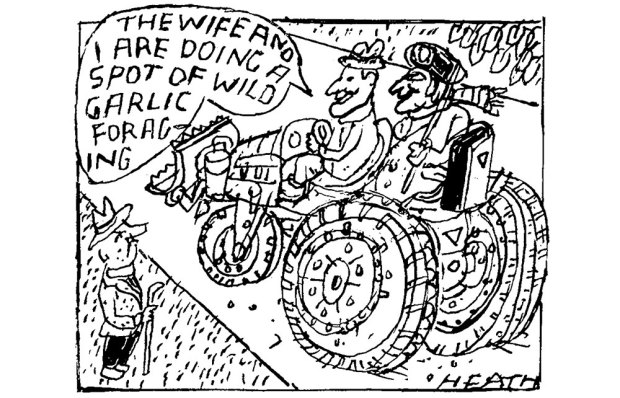
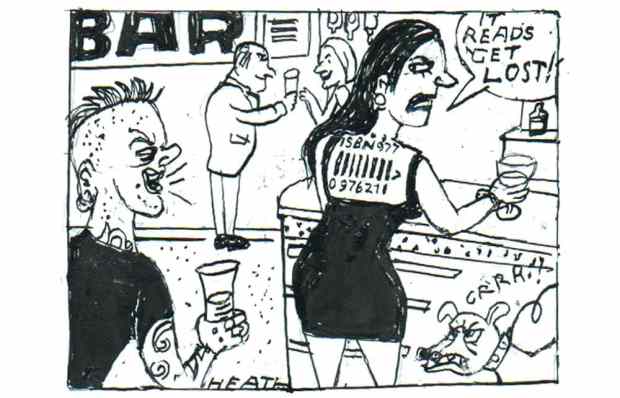
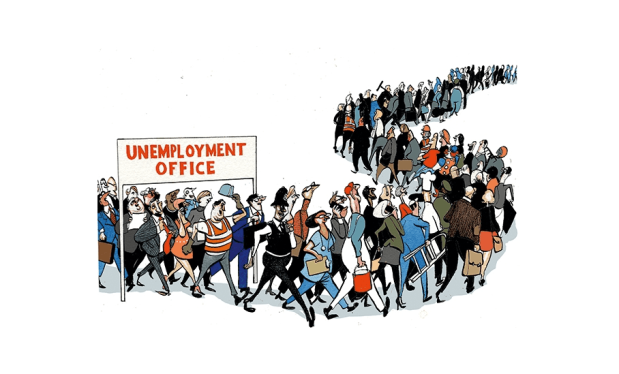
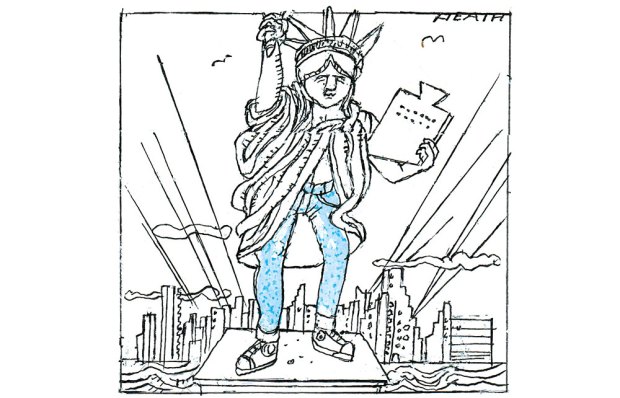






Comments
Don't miss out
Join the conversation with other Spectator Australia readers. Subscribe to leave a comment.
SUBSCRIBEAlready a subscriber? Log in